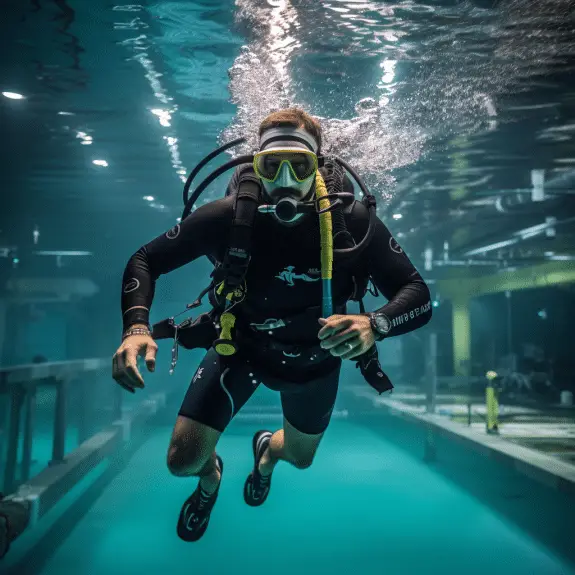Introduction Is Swimming Strength Training: Swimming is often hailed as one of the most comprehensive and full-body workouts available, and for good reason. It engages multiple muscle groups, provides cardiovascular benefits, and enhances flexibility and endurance. But can swimming be considered a form of strength training? In this discussion, we will explore the multifaceted nature of swimming and its potential as a strength-building activity. From the resistance of the water to the dynamic movements involved, swimming transcends its reputation as a purely aerobic exercise to emerge as a viable means of developing and maintaining muscular strength. So, let’s dive into the question of whether swimming can indeed be classified as a form of strength training and explore the physical attributes it can help cultivate. Water is denser than air, and as you move through it, your body encounters resistance. This resistance requires your muscles to work harder to propel you forward. In particular, the upper body muscles, including the shoulders, back, chest, and arms, are highly engaged in swimming to overcome water resistance.Swimming is unique in that it engages both …
Category:

